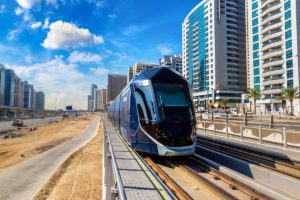
Tram Dubaï : plan, itinéraires, horaires et tarifs
Vous vous perdez dans les transports de Dubaï ? Le tram Dubaï, souvent sous-estimé, est pourtant une solution clé pour explorer la ville sans stress, que vous cherchiez les itinéraires,
Getting around Dubai can quickly become a headache when you're discovering the city for the first time! Between the ultra-modern metro, buses, cabs, Uber, traditional water cabs (abra) and unusual options like the Palm Jumeirah monorail, the challenge is to choose the right means of transport for your itinerary, budget and desires. We give you the keys to mastering the RTA network, optimizing your NOL Card journeys, avoiding rush-hour traps and even enjoying an abra ride without breaking the bank. Follow the guide, and you'll know everything there is to know about transport in Dubai, from the red metro to 100% connected solutions!

Vous vous perdez dans les transports de Dubaï ? Le tram Dubaï, souvent sous-estimé, est pourtant une solution clé pour explorer la ville sans stress, que vous cherchiez les itinéraires,
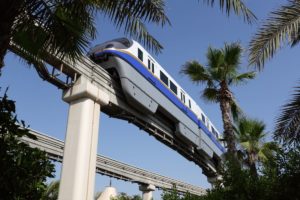
Getting around Dubai can be tricky when you want to explore iconic sites like Palm Jumeirah. Dubai's monorail solves this problem by offering convenient, easy-to-use
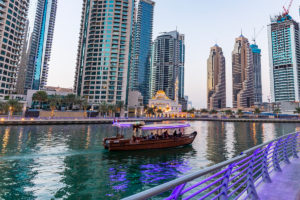
Do you dream of discovering Dubai in an authentic light, far from the glittering skyscrapers? Why not try the abra in Dubai, the traditional boat that plies the waters like a
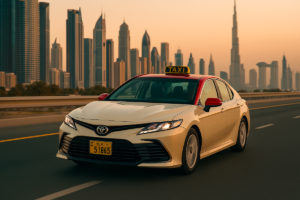
Are you looking for a cheap and reliable way to get around Dubai, but the logistics seem complicated? Then this practical guide is for you!
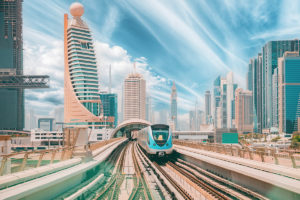
Tired of Dubai's endless traffic jams? What if we told you that Dubai's ultra-connected metro network could make your commute a whole lot smoother?
In Dubai, the diversity of public transport makes getting around easy. Metro, bus, tramway, cabs and traditional boats (abras) are available to tourists and residents alike. The network, managed by the RTA, combines modernity and practicality. Need a quick way to reach the Burj Khalifa or an economical ride to Dubai Marina? The metro and buses, which can be used with the Nol Card, are your allies. Getting around Dubai offers a multitude of options to suit every need. Basically, the key is the Nol Card, rechargeable and valid for almost the entire network, except for the Palm Jumeirah monorail. Practical, isn't it?
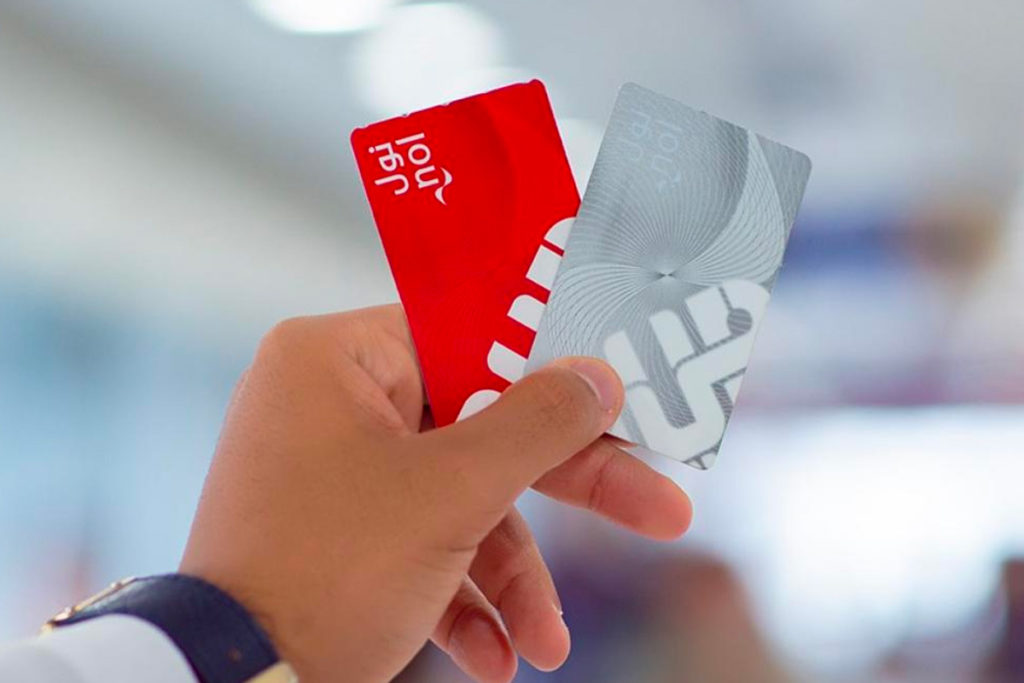
A must-have in Dubai, the Nol Card is a rechargeable card for public transport. There are three types: the Red Ticket (one-way tickets), the Silver Card (reusable) and the Gold Card (premium class). To buy it, head for metro stations, airport terminals or city vending machines. Easy recharging via Nol machines or the RTA Dubai app, ideal for checking your balance. To find out more about the Nol Card Dubai, read this detailed guide. Whether you want to explore the Spice Souk or head to Palm Jumeirah, this card avoids queues and simplifies journeys. Please note: the Nol Gold Card costs AED 25 with an initial credit of AED 19. Ready to give it a try?
A must-have in Dubai, the Nol Card is a rechargeable card for public transport. There are three types: the Red Ticket (one-way tickets), the Silver Card (reusable) and the Gold Card (premium class). To buy it, head for metro stations, airport terminals or city vending machines. Easy recharging via Nol machines or the RTA Dubai app, ideal for checking your balance. To find out more about the Nol Card Dubai, read this detailed guide. Whether you want to explore the Spice Souk or head to Palm Jumeirah, this card avoids queues and simplifies journeys. Please note: the Nol Gold Card costs AED 25 with an initial credit of AED 19. Ready to give it a try?
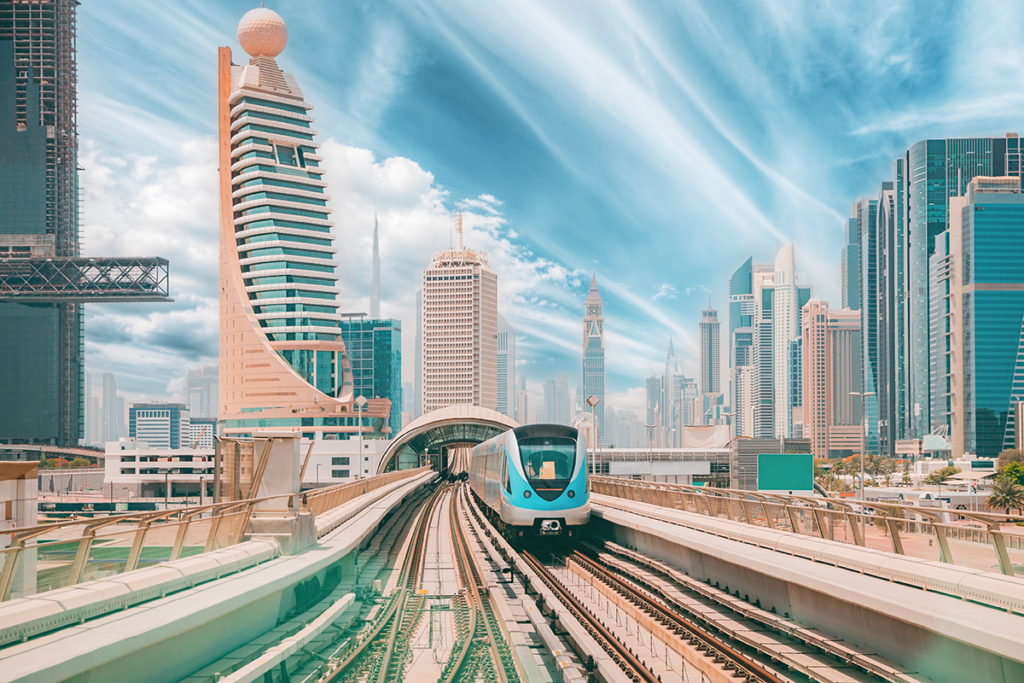
The Dubai Metro, with its red and green lines, criss-crosses the city in a fluid fashion. The red line, 52 km long, serves the airport, Burj Khalifa and Dubai Marina, while the shorter green line (22.5 km) explores Deira and Dubai Creek. Two fully automated, driverless lines for hassle-free mobility. The Dubai Metro is a fast and economical way to explore the city. Key stations such as Union Square and BurJuman facilitate connections between the two lines.
Metro timetables vary from day to day. From Monday to Thursday and on Saturdays, it runs from 5.30 a.m. to midnight, with an extension to 1 a.m. on Thursdays. On Fridays, it starts at 10am and finishes at 1am. The fare system depends on the zones crossed (7 zones in total), with prices increasing according to distance. For comfort lovers, the Gold Class offers leather seats and a premium ambience. Cars reserved for women and families ensure a serene experience.
The Dubai tramway runs 14.5 km between Al Sufouh and Dubai Marina, serving districts such as Jumeirah Beach Residence (JBR) and Jumeirah Lake Towers. The line hugs the city's coastline, offering an alternative to areas not covered by the metro. The line crosses the Metro's Red Line at DMCC and Dubai Marina stations, facilitating transitions between modes of transport. A practical solution for exploring residential and tourist areas.
To use the tramway, the Nol card is essential. Connections with the metro are seamless at DMCC and Dubai Marina stations. This mode of transport is ideal for visiting Dubai Marina Mall or enjoying the JBR beach. With extended timetables (until 1 a.m.), you can enjoy the city after sunset. Please note: journeys are included in the RTA's zone-based fare system.
The Palm Jumeirah monorail links the island's base (Gateway station) to Atlantis The Palm over a distance of 5.5 km. A scenic ride ideal for visiting Aquaventure or The Pointe. No need to book: tickets can be purchased on the spot. However, it is not part of the RTA network, and therefore incompatible with the Nol Card.
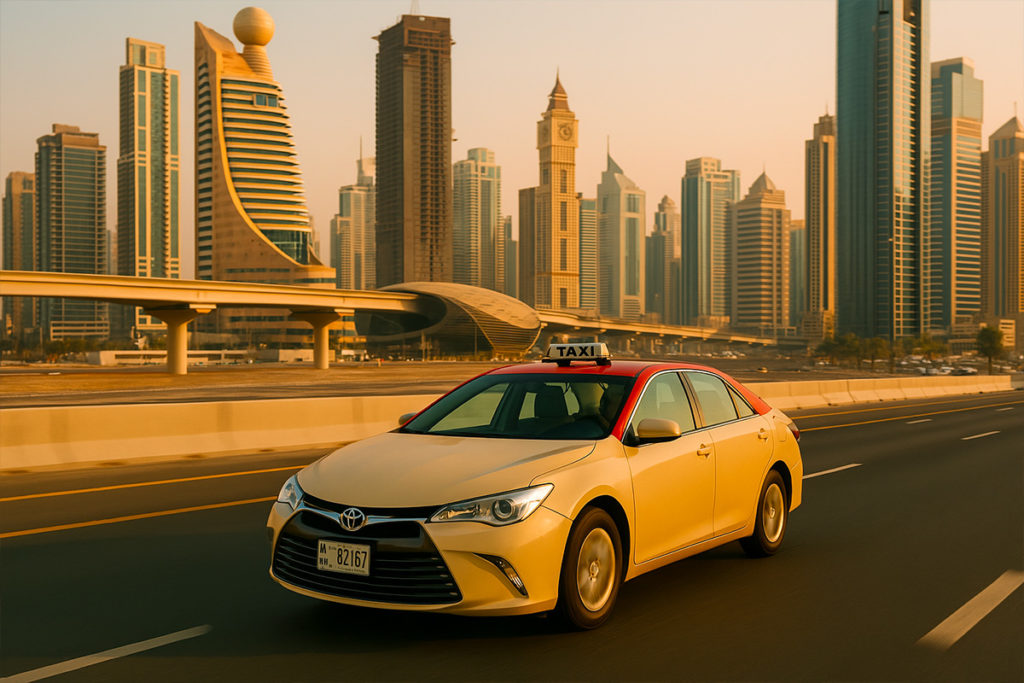
Dubai's official cabs, cream-colored with colored roofs depending on the company, are easily recognizable. More than 10,000 vehicles operate in the city, ensuring high availability. Reputedly safe, they are regulated and equipped with meters. For more information, see our guide to cabs in Dubai. Pink cabs, reserved for women and families, add a secure option.
Prices start at AED 6 during the day (AED 7 after 10pm), with AED 1.95 per km. Journeys from the airport to the city center cost between AED 60 and AED 100. Cash is the main form of payment, but some cabs accept cards. To avoid traffic jams, book at off-peak times via the RTA app or 04 208 08 08.
Metro timetables vary from day to day. From Monday to Thursday and on Saturdays, it runs from 5.30 a.m. to midnight, with an extension to 1 a.m. on Thursdays. On Fridays, it starts at 10 a.m. and ends at 1 a.m. The fare system depends on the zones crossed (7 zones in total), with prices increasing according to distance.
For comfort lovers, the Gold Class offers leather seats and a premium ambience. Cars reserved for women and families ensure a serene experience.
Want to explore Dubai at your own pace? Car rental is a practical solution, especially for visits outside areas served by public transport. Agencies such as Avis, Sixt and Budget offer air-conditioned vehicles from AED 10 per day. Please note, however, that a valid driver's license (international is recommended) and a credit card are required. Please note: Salik electronic tolls (AED 4 per passage) are included in most rental contracts.
Driving in Dubai is simplified by well-maintained roads and signs in English. Respect the speed limits(60 km/h in the city, 120 km/h on the highway) and anticipate rush hours. The road network is fluid, but local drivers can be unpredictable. Fuel is cheap (AED 0.79/liter), and remains a significant advantage. For longer journeys, such as to the desert or Fujairah, a car is a must.

Dubai is not a pedestrian city par excellence, but some districts invite you to take a walk. Downtown Dubai, with its wide, shaded sidewalks, or Dubai Marina, where walks along the canal are pleasant in winter, are good examples. To avoid the heat, it's best to go in the morning or evening. Roughly speaking, 3 to 4 hours' walking a day is enough to discover the main sites without excessive fatigue.
Walking in Dubai means adapting to the climate. Opt for light cotton clothing, a hat and high-protection sun cream. Keep regularly hydrated, even if there are air-conditioned passages in the shopping malls. Beware of temperature differences between outside and air-conditioned areas. In old districts such as Al Seef, check the safety of sidewalks, which are often uneven or missing.
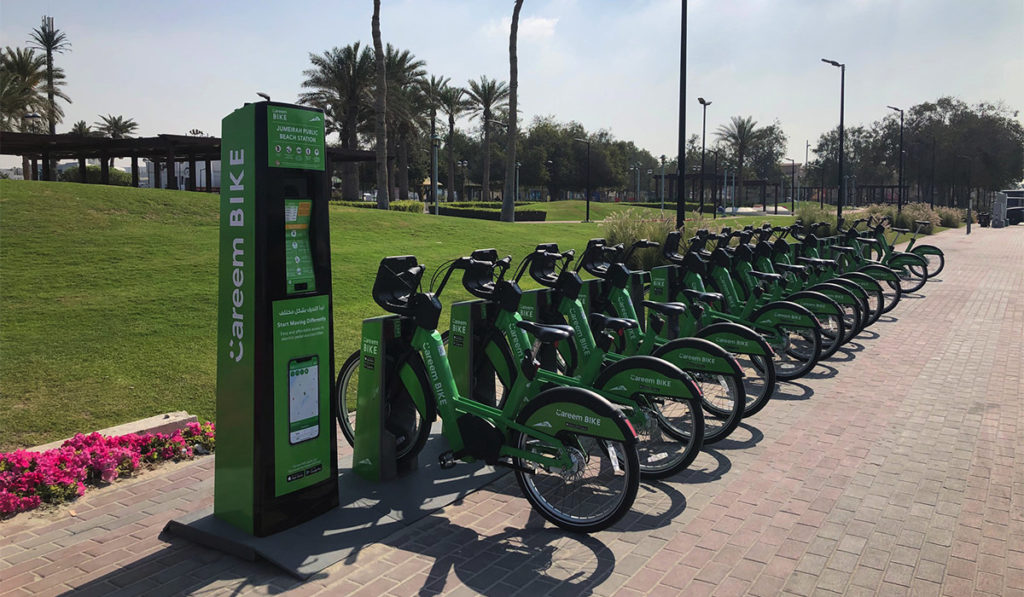
For cyclists, Dubai is developing safe lanes, notably in Business Bay (12 km of separate lanes). The Careem Bike app lets you locate stations and unlock bikes in a matter of seconds. Rates vary from AED 3/h to AED 20/day.
Long-distance enthusiasts will appreciate the Al Qudra trail, but summer requires rigorous preparation (water, sun protection). Please note: electric bikes are still rare.